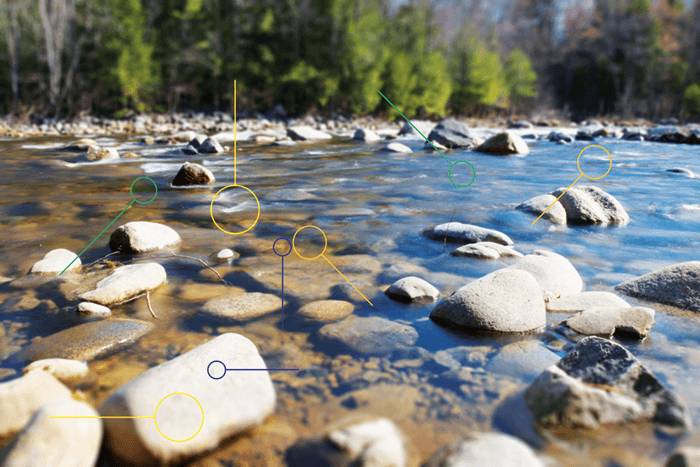A recent study from the University of York, UK, found traces of 29 different drug compounds within two local rivers (1). The drugs – detected using HPLC-MS/MS – included antidepressants, antibiotics, painkillers, and treatments for diabetes and epilepsy. The levels were in themselves low, but the team are concerned about the long-term impact of the emissions. How can the potential consequences for human (and environmental) health be better understood? And what can be done to help? We spoke to Alistair Boxall, Professor in Environmental Science at the University of York, about his quest to find out more.
Many studies have been done on pharmaceuticals emitted into the environment, but this one looked at emissions over time and in different locations. Why?
We know that pharmaceutical active ingredients occur in the environment, but we have a less developed understanding of how concentrations vary in space and time – something we need to properly assess the risks of these molecules to aquatic organisms. Concentrations of some active ingredients in rivers can be explained based on knowledge of what doctors in an area are prescribing at the time, and of river flows. We have had some surprises; in an earlier study, we detected some compounds that aren’t prescribed in the UK, and during periods of heavy rainfall we see elevated concentrations of compounds not usually detected, possibly due to inputs from combined sewer overflows which bypass wastewater treatment.What sources are these drug traces likely to be coming from?
In York, we think the main source is from patient use, with a small amount arising from inappropriate disposal of medicines. In monitoring in Nigeria, for example, manufacturing inputs appear to be a major contributor.




